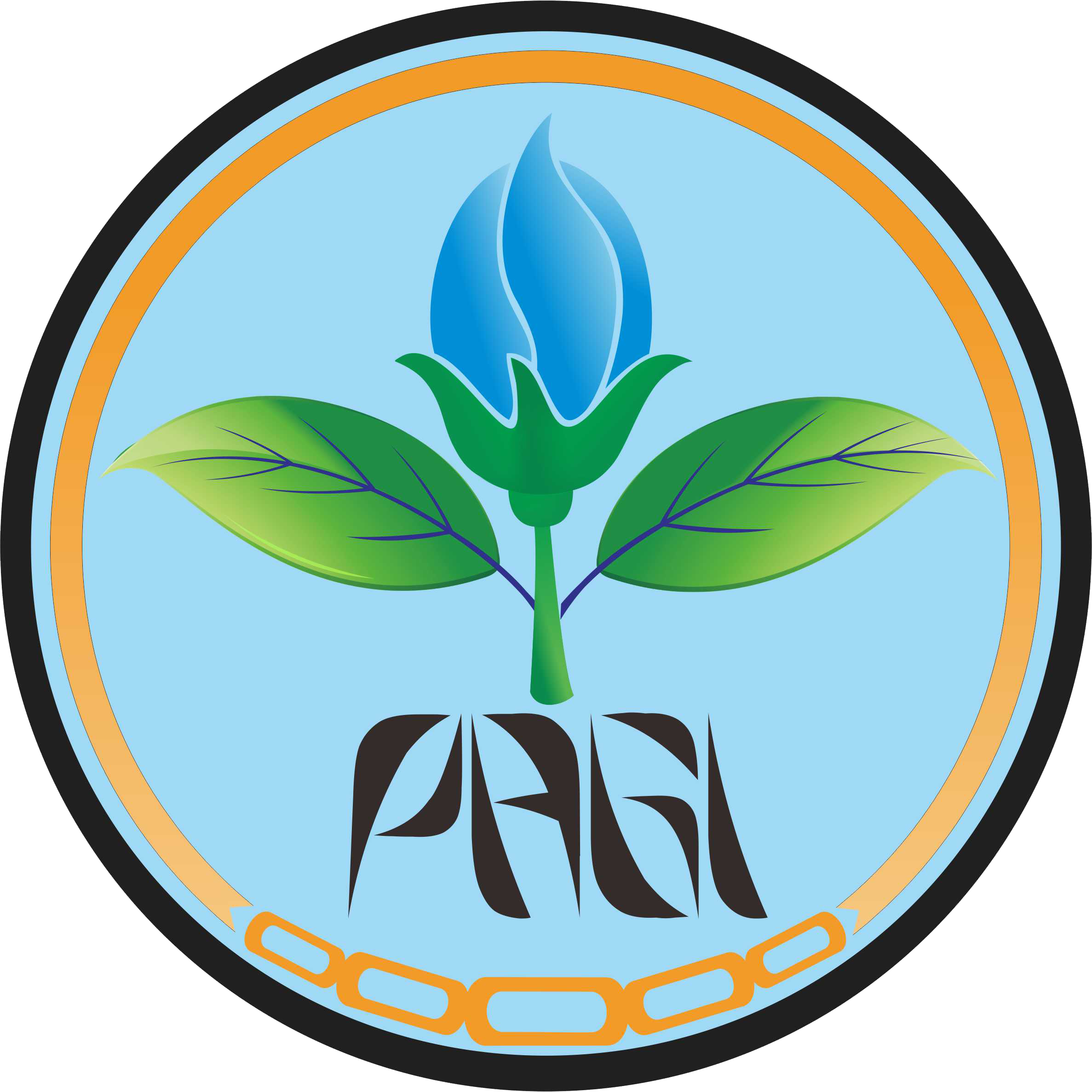Uji Daya Hasil Padi Hibrida 172 dan 6 Pada Jarak Tanam yang Berbeda
Abstract
Rice is the main commodity in food support, especially in Indonesian society. As a country with a large population, there are challenges in collecting the food needs of the population, the challenge is to improve the efficiency and optimizing the utilization of land resources. The purpose of this study is to determine the use of varieties / lines were superior and spacing are effective in increasing productivity. The research was conducted at the experimental land Faculty of Agriculture, Sebelas Maret University, Mojolaban, Sukoharjo. The research using Randomized Completely Block Design with 2 factors, namely rice varieties factor and plant spacing. Data were analyzed using analysis of variance and if there is a significant followed by DMRT (Duncan Multiple Range Test) at 5% level. 6 Chinese rice lines and spacing of 26 cm x 26 cm is a combination of treatments that have a higher level of productivity is 4.79 ton-1ha.
Keywords
Full Text:
PDF(ID)References
Anggraini F. 2013. Sistem tanam dan umur bibit pada tanaman padi sawah (Oryza sativa L.) varietas Inpari 13. Jurnal Produksi Tanaman.1(2)
Berkelaar, D 2001. Sistem Intensifikasi Padi (The Sistem of Rice Intensification-SRI): Durrance Rd. North Ft. Myyers FL 33917. USA
Cahyaningsih. 2003. Analisis pertumbuhan tanaman padi (Oryza sativa L.) pada dosis pupuk N yang berbeda. Skripsi S1 Fakultas Pertanian Universitas Sebelas Maret Surakarta.
Devarathinam AA. 1984. Studies of heterosis in relation to persent performance in rainfed rice. Madras Agric. J. 7: 568-572.
Febri AM. 2005. Studi keragaman morfologi beberapa galur padi rawa (Oryza sativa L.). Skripsi. Fakultas Pertanian Universitas Sebelas Maret. Surakarta.
Jiang QG, Goto S, Takamura H (2002) LUCC and accompanied soil degradation in China from 1960s to 1990s. J Geosci Res Northeast Asia. 5:62–71.
Masdar, Kasim M, Bujang R, Hakim N, dan Helmi. 2006. Tingkat hasil dan komponen hasil sistem intensifikasi padi (SRI) tanpa pupuk organik di daerah curah hujan tinggi. Jurnal Ilmu Pertanian. 8(2). 126-131.
Matsushime S. 1980. Rice cultivation the diagnosis of rice cultivation and techniques of yield increase. Japan Sciencetific Societies Press. Tokyo.
Puslitbang Tanaman Pangan. 2012. Peningkatan produksi padi menuju 2020. http://pangan.litbang.deptan.go.id. Diakses tanggal 20 Agustus 2017.
Satoto dan Suprihatno B. 1996. Keragaman genetik, heritabilitas dan kemajuan genetik beberapa sifat kuantitatif galur-galur padi sawah. Penelitian Pertanian Tanaman Pangan. 15 (1): 12-15.
Siregar H, Endang S, dan Soewito. 1998. Analisis beberapa sifat galur padi sawah pada musim tanam pusakanegara. Penelitian Pertanian Tanaman Pangan.17 (1) : 38-44.
Siregar H, Endang S, dan Soewito. 1998. Analisis beberapa sifat galur padi sawah pada musim tanam pusakanegara. Penelitian Pertanian Tanaman Pangan.17 (1) : 38-44.
Suhartono, Azwir dan Tanjung A. 1995. Penampilan galur-galur harapan dan introduksi kacang tanah (Arachis hypogaea) di lahan kering masam. Prosedur Simposium Pemuliaan Tanaman III. Perhimpunan Ilmu Pemuliaan Tanaman Indonesia. Komisariat Daerah Jawa Timur. Hal 251-257.
Xing Y, Zhang Q. 2010. Genetic and molecular bases of rice yield. Annu Rev Plant Biol. 61:421–442.
Zhu Defeng, C. Shibua, Z. Yuping, and L Xiaqing. 2002. Tillering Pattrens and the Contribution of Tillers to Grain Yield with Hybrid Rice and Wide Spacing. China national Rice Research Institute, Hangzhou.
Refbacks
- There are currently no refbacks.






